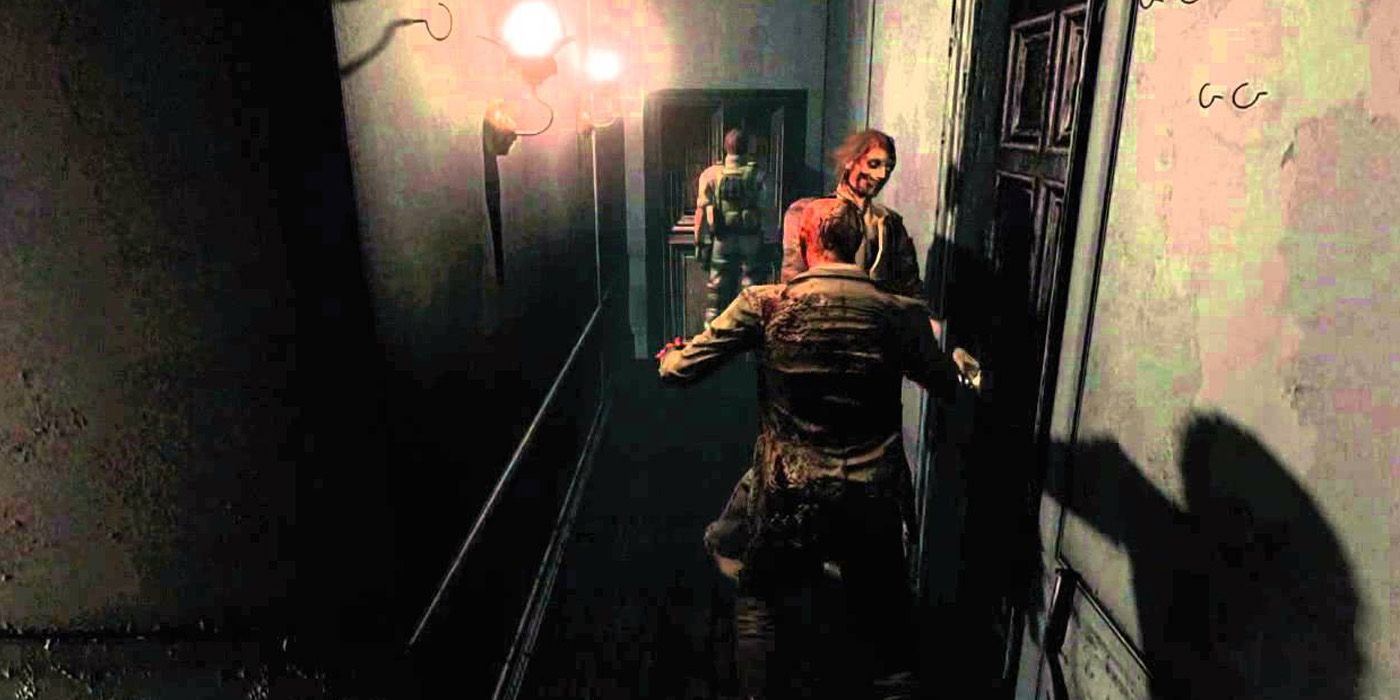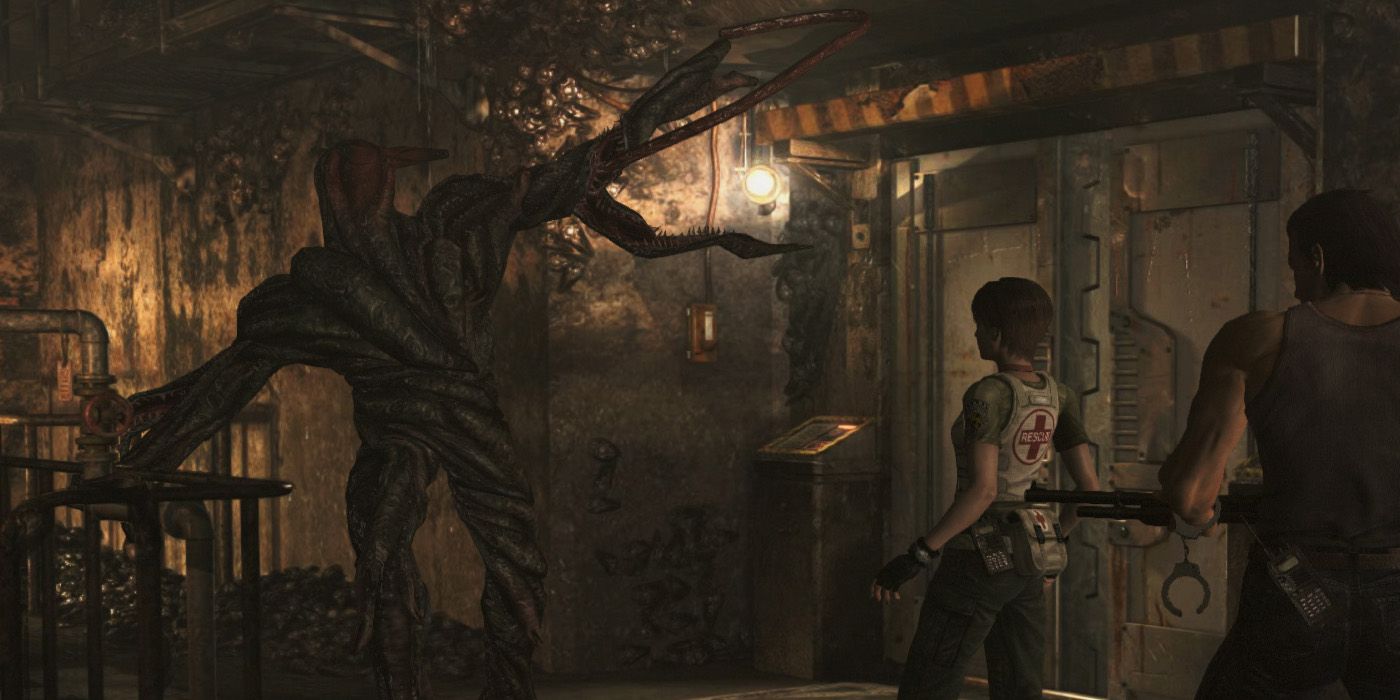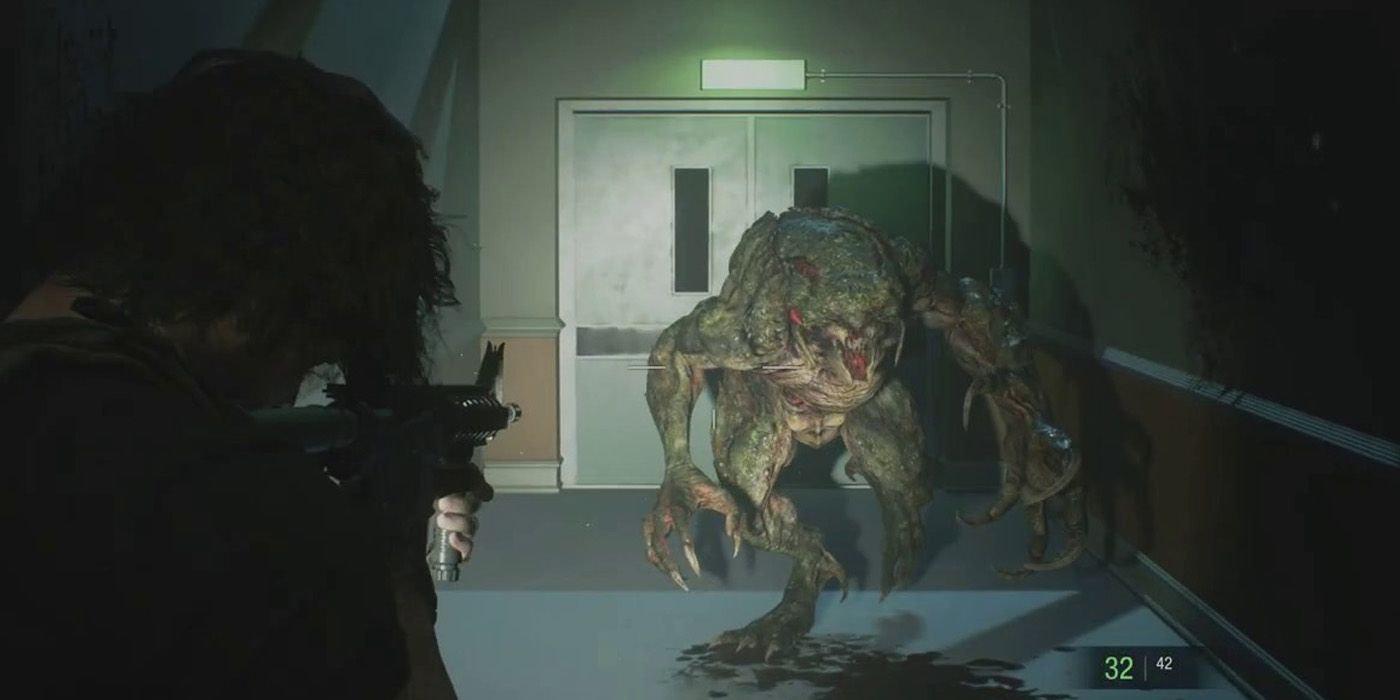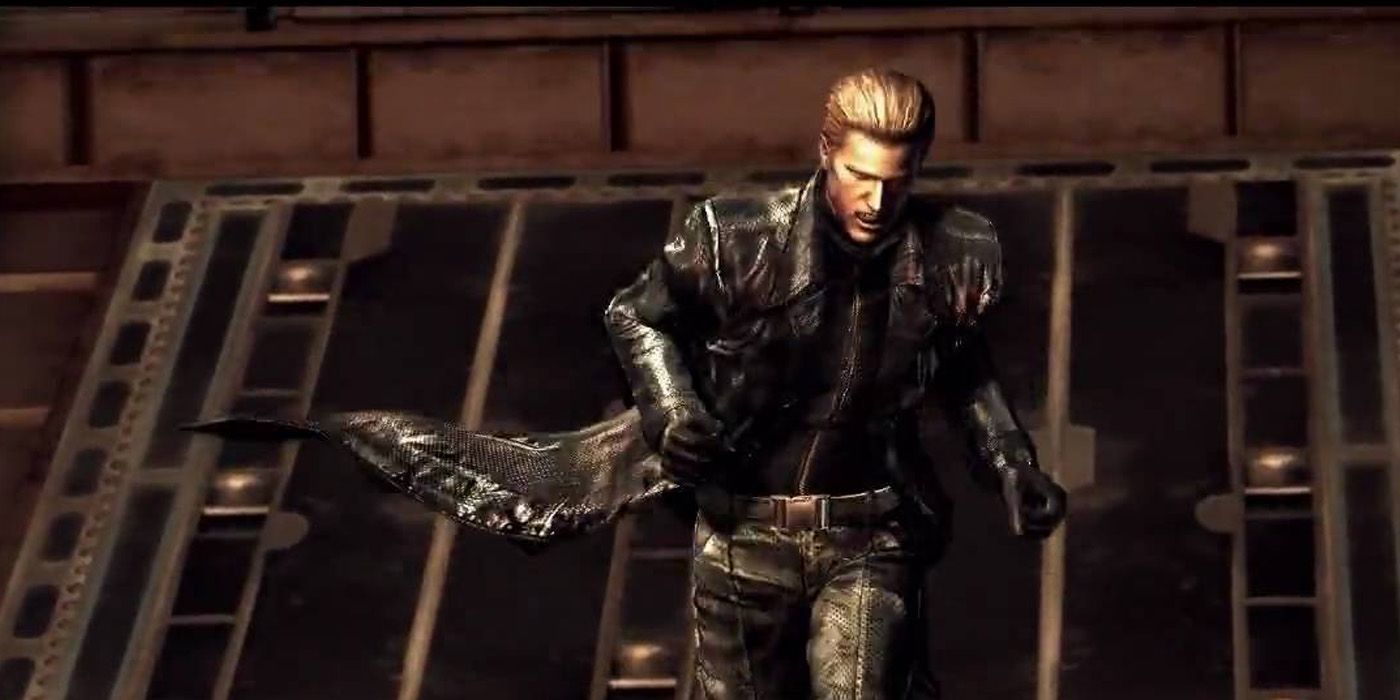Anyone in Resident Evil's world who killed a zombie most likely knows about the T-Virus. After all, this served as the virus Umbrella Corporation had accidentally released to Raccoon City that led to its eventual destruction. Moreover, the world has seen a surge in zombie outbreaks after the Raccoon City Destruction Incident in 1998. Unfortunately, all these lives lost can be attributed to T-Virus strains.
However, fans of Capcom's acclaimed franchise know there might be more to the T-Virus than it let on in the games. Moreover, its origins may be more sinister than the tragic events that happened after its creation.
10 The Virus Came From Flowers
One of the first notable things about the T-Virus would be its origins. Despite its popularity, the T-Virus didn't "start" the so-called virus craze of Umbrella Corporation and its corporate counterparts. Rather, the T-Virus served as a strain from something called the Progenitor virus, a family of RNA viruses first discovered in the Sonnentreppe daisies.
Located in West Africa, these daisies can transmit the virus to any organism - be it bacteria, plant, fungi, or animal. Unlike other viruses, the Progenitor can not only reverse cell decay but also revive otherwise-dead organisms. Unfortunately, the Progenitor does have extreme side-effects such as aggression and loss of mental faculties. These traits become commonplace in the original T-Virus.
9 Eugenics First, Zombies Second
Umbrella Corporation proprietors Oswell Spencer, Dr. James Marcus, and Dr. Edward Ashford built the company shortly after they've discovered the Progenitor virus. Additionally, the trio got extremely interested in the Progenitor virus when they realized its effects on organisms who "survive" its adverse effects.
As it turns out, survivors become imbued with superhuman abilities - strength, speed, and endurance, to name a few. In turn, the trio wanted to use the Progenitor virus to engineer a race of "perfect" beings to surpass mankind. Unfortunately, the resulting zombies became a side-effect they had to endure - or take advantage of.
8 T-Virus Had To Be A WMD
The T-Virus enters the picture when Umbrella Pharmaceuticals needed to find a way to fund their hidden eugenics program. Ideally, Umbrella must release a "product" that can replace the need for an army by eliminating targets quickly and efficiently. In turn, they need to engineer a virus that not only has a 100-percent mortality rate but also becomes highly contagious. Unfortunately, a virus that kills too efficiently won't have time to infect others.
Interestingly, Umbrella used the Progenitor's qualities of rapid healing to counteract its extremely lethal effects. Moreover, the hyper-aggression and cannibalistic tendencies worked in their favor, as this motivated the spread of the potential virus. In the end, the resulting product - the T-Virus - can generate funds by being sold to interested parties, such as governments.
7 Leeches, Ebola Had To Do With It
As if zombies weren't disgusting enough, the T-Virus itself seems to have a rather liberated approach when it comes to its "parentage." Dr. Marcus didn't appreciate the Progenitor Virus' side-effect of killing its victims at the end of the infection cycle. Thankfully, when he added leech DNA into the mix, the prototype virus didn't kill human victims and instead had them suffer from severe necrosis. Aside from that, victims became more aggressive, lost intelligence, and had strong cannibalistic impulses.
Moreover, Marcus tinkered with the virus further by adding RNA from Ebola. This effectively granted victims the ability to sustain most bodily damage, which in turn became the primary characteristic of Resident Evil's zombies.
6 BOWs Essentially Served As New Species
Despite the potential of the T-Virus, Umbrella got concerned with the fact that 10-percent of any target population will be (or develop) immunity to the virus. On the one hand, separate teams worked on creating a more powerful version of the T-Virus. However, Dr. William Birkin began his dabbling into genetic tampering. Instead of creating a more potent virus, Birkin thought it may be more practical to create beasts that will hunt the said survivors.
As a result, Birkin began work on what would be known as Bio-Organic Weapons. Fans would easily recognize the Hunter among Birkin's deadliest works. Interestingly, the level of genetic tampering courtesy of Birkin may be enough for scientists to consider these BOWs as new species.
5 Intelligence Became The Goal
Birkin's Arklay Laboratory team became tasked with creating the Bio-Organic Weapon, a being capable of hunting T-Virus survivors. Their first strain, the α-Strain, proved capable of enhancing aggression in its victims. Unfortunately, it didn't render the victim available for commands due to the lack of intelligence. Meanwhile, the β-Strain became an improvement with its boost in mobility and adaptability. Moreover, the ε-Strain became capable of infecting humans and mutating them while decreasing brain damage. It's this final strain that will lead to the dreaded Tyrant Project.
Meanwhile, gamers will face variations of the other strains. These include monsters such as α-Strain's Web Spinner and Neptune, β-Strain's Cerberus and Hunters, and ε-Strain's Lickers.
4 Epsilon Became The Standard
During the development of BOWs, it's the ε-Strain or Epsilon Strain that showed the most promise for their "intelligent" strain. Unlike the other T-Virus strains, Epsilon managed to become compatible with humans. Aside from mutations that increase their aggression and strength, ε-Strain victims suffer limited brain damage. Moreover, extreme injury will trigger a second mutation, also called "Crimson Heads."
Fans will remember Crimson Heads for their reddish skin. Moreover, this strain becomes the most prominent T-Virus variant used throughout the Raccoon City outbreak and prior to the reveal of improved T-Virus strains.
3 TALOS Answered Marketing Problems
Interestingly, Umbrella tasked more than one team to continue developments with the T-Virus. When the Umbrella Europe's Nemesis T-Type proved the practicality of controlling Tyrants with a parasite (the Nemesis Alpha), Umbrella North America tried to step up their game. Their resulting project, TALOS or Tyrant-Armored Lethal Organic System, aimed to make Tyrants "more marketable" to their target audiences.
In turn, the TALOS Project resulted in a hulking Tyrant equipped with assault armor and various heavy weaponry. However, unlike the Nemesis T-Type that became prone to cellular mutations, TALOS became compatible with a supercomputer. This factor added unparalleled advantage of programming into the mix, making TALOS the "ultimate BOW," at least among the T-Virus variants.
2 Raccoon City Became A Playground
Players of Resident Evil know that the Raccoon City outbreak came as a result of an unfortunate accident. As it turns out, Birkin's mutation and elimination of HUNK's team resulted in the spilling of T-Virus samples on the ground. Unfortunately, rats became infected with the virus and spread it throughout Raccoon City's sewers. While Raccoon City ended up being decimated in the ensuing Destruction Incident, Umbrella saw this as an opportunity to test the efficacy of the T-Virus.
In turn, the Raccoon City outbreak became grounds for various experiments with T-Virus strains and other Umbrella endeavors, These included the T-100-series Tyrants, the Tyrant R and Tyrant C, as well as the Nemesis Project.
1 The Wesker Project Will Make Superhumans
Umbrella's eugenics project, dubbed Project W or "Wesker Project," should end up with a race of gifted humans that will usher a golden age. Named after Oswell Spencer, the project involved adopting (legally or otherwise) children from parents that made significant contributions to mankind. These children will then be monitored by Project W's team as they get the best education and get inserted into professions deemed valuable by the team, including Umbrella.
By the time of the Raccoon City incident, Project W had shortlisted its successful candidates into 13 adults. They then proceeded with Phase 2, which involves infecting them with the T-Virus to grant them the aforementioned "gifts." Unfortunately, only Albert and Alex survived the procedure. By the time of Umbrella's demise, Albert and Alex would continue the project in their own ways.











